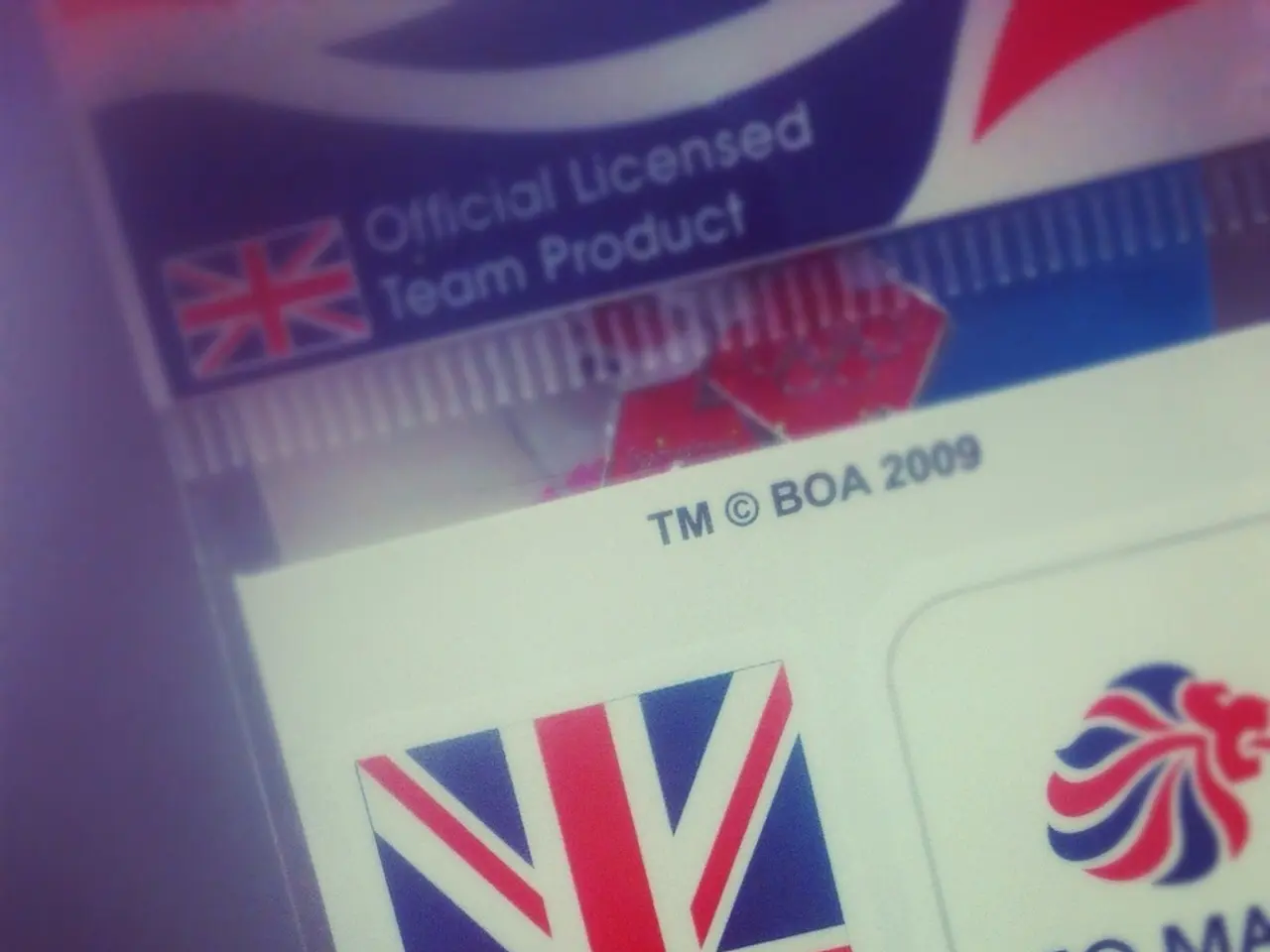EU announces commencement date for biometric passport verification as part of the European Entry-Exit System (EES)
Travelers planning to visit the European Union (EU) should take note of two new systems designed to enhance border security and streamline processes within the Schengen area. These systems are the Entry/Exit System (EES) and the European Travel Information and Authorisation System (ETIAS).
The Entry/Exit System (EES)
The EES is anticipated to begin its rollout in October 2025, although the exact start date has yet to be officially confirmed by the European Union. The system will be implemented gradually across 29 EU and Schengen countries over a period of approximately 180 days, to avoid overloading border systems. Full operation of the EES is expected by April 9, 2026.
The EES will become compulsory at all EU/Schengen zone entry and exit points within six months of the start date, taking us to April 2026. The system aims to increase border security by digitizing travellers' entry and exit dates from the Schengen zone, as well as by implementing enhanced passport checks, requiring fingerprints and a facial scan.
It is important to note that the EES applies only to travelers holding non-EU passports. Non-EU citizens who are residents of an EU or Schengen zone country are exempt from the EES. The EES may cause potential delays at busy crossings, such as the UK-France crossing, but these delays are expected to be minimized as the system becomes more familiar.
The European Travel Information and Authorisation System (ETIAS)
The ETIAS is scheduled to come into force in the last quarter of 2026, approximately one year after the full implementation of the EES. The purpose of ETIAS is to identify security, irregular migration, or high epidemic risks posed by visa-exempt visitors. It is not a visa and does not guarantee entry.
The application fee for ETIAS is planned to be €7 for applicants between the ages of 18 and 70. It will remain valid for three years or until the expiry date of the passport, whichever is sooner. The ETIAS authorisation must be applied for online in advance of travel.
It is worth noting that anyone traveling to the EU with a visa is not required to get an ETIAS authorisation. The ETIAS is a travel authorisation required for non-EU passport holders making short visits to the EU/Schengen zone, including tourists and second-home owners who do not have a visa.
The ETIAS authorisation costs €20, but under 18s and over 70s are exempt from the fee. The initial fee for the ETIAS travel authorisation, which is scheduled for the final quarter of 2026, has been increased from €7 to €20.
Both systems aim to enhance security and streamline border control processes within the Schengen area. The EES will automatically calculate the 90-day allowance for visa-free travel for citizens of non-EU countries. The EES and ETIAS are similar to the US Esta visa or the UK's new ETA.
For more detailed information about the EES and ETIAS, please visit the official resources.
The implementation of the Entry/Exit System (EES) and the European Travel Information and Authorisation System (ETIAS) signifies a merge of travel, lifestyle, technology, and travel, as these systems aim to digitize and streamline border control processes within the Schengen area. The EES is set to commence in October 2025 and ETIAS in the last quarter of 2026, with both systems aiming to increase security and facilitate travel experiences.




